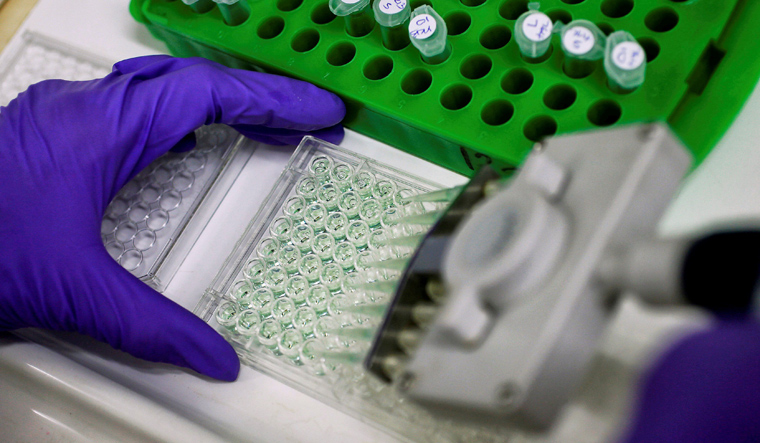Researchers at the Indian Institute of Technology (IIT), Roorkee, have developed fluorescent carbon nanodots for simultaneous detection and destruction of cancer cells.
The nanosized (10-9 metre) carbon materials that can serve as therapeutic and diagnostic agents for cancer have been extracted from the leaves of the rosy periwinkle plant.
"Such events of real-time image guided anticancer therapy by a single system open a new paradigm in the field of anticancer therapy. With these nanomaterials, we can identify the cancer cells and track them by an imaging system simultaneously as the cells themselves are being eradicated in a precise surgical strike," said P Gopinath who is leading the team.
"We are planning next stage animal studies for further evaluation of these nanomaterials in oncological applications, for both diagnostics and treatment," he added.
The research by IIT scholars has been supported by the Science and Engineering Research Board (SERB) and the Department of Biotechnology (DBT), Union Ministry of Science and Technology.
"The identification of cancer cells and their inhibition/destruction have been continuing challenges in the field of oncology and cancer drug research for many decades. In the past few years, nanotechnology has emerged as one of the most promising areas in cancer diagnostics and treatment and nanomaterials materials having dimensions in the nanometre (10-9 m) range are being increasingly studied as agents in molecular tumour imaging, molecular diagnosis and targeted therapy," said Gopinath.


